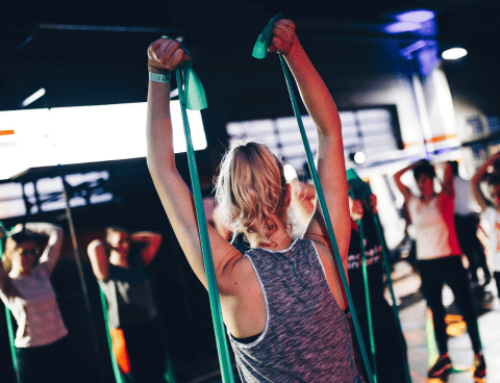Ask the Experts: How Low Should I Squat?
Q: How low should I squat?
A: There is no definitive answer for how low you should squat. However, there are some things you should consider to determine what squat depth is best for you.
Bret Contreras, a strength coach and one of the world’s foremost glute training experts, explains that it comes down to specificity: “If you want to get better at shallow Squats, then do shallow Squats. If you’re trying to maximize your full range of motion, then do full Squats (shown above).”
The critical point for athletes is how squat depth affects their performance. Full Squats have been shown to maximize vertical jump height and cause greater thigh hypertrophy (muscle growth). [1,2]
A burning competitive desire may tempt you to lift as much as possible with no consideration for how low you’re squatting. I’ve been there. However, remember that your end goal is to get better on the field.

Does this look like a Squat?
If you want the best performance benefits, eat a big slice of humble pie, lower the weight and squat through a full range of motion.
So, what is a full Squat?
Contreras recommends lowering until your thighs are slightly below parallel, but don’t use the “Ass to Grass” form employed by powerlifters. This is a general tip. Each person is different and should alter their Squat accordingly. For example, if you can’t Squat deep without “butt wink” (i.e., a rounding of your lower back), then limit your range of motion until you develop sufficient mobility, stability and technique to maintain an arch in your back.

Example of “Butt Wink”
If you’re having difficulty squatting deep, you likely have mobility and stability issues. Contreras explains that simply performing Squats will help you master the technique, but you can also address specific problems with corrective exercises, which are outlined here.
References:
See also BretContreras.com, T-Nation.com.
RECOMMENDED FOR YOU
MOST POPULAR
Ask the Experts: How Low Should I Squat?
Q: How low should I squat?
A: There is no definitive answer for how low you should squat. However, there are some things you should consider to determine what squat depth is best for you.
Bret Contreras, a strength coach and one of the world’s foremost glute training experts, explains that it comes down to specificity: “If you want to get better at shallow Squats, then do shallow Squats. If you’re trying to maximize your full range of motion, then do full Squats (shown above).”
The critical point for athletes is how squat depth affects their performance. Full Squats have been shown to maximize vertical jump height and cause greater thigh hypertrophy (muscle growth). [1,2]
A burning competitive desire may tempt you to lift as much as possible with no consideration for how low you’re squatting. I’ve been there. However, remember that your end goal is to get better on the field.

Does this look like a Squat?
If you want the best performance benefits, eat a big slice of humble pie, lower the weight and squat through a full range of motion.
So, what is a full Squat?
Contreras recommends lowering until your thighs are slightly below parallel, but don’t use the “Ass to Grass” form employed by powerlifters. This is a general tip. Each person is different and should alter their Squat accordingly. For example, if you can’t Squat deep without “butt wink” (i.e., a rounding of your lower back), then limit your range of motion until you develop sufficient mobility, stability and technique to maintain an arch in your back.

Example of “Butt Wink”
If you’re having difficulty squatting deep, you likely have mobility and stability issues. Contreras explains that simply performing Squats will help you master the technique, but you can also address specific problems with corrective exercises, which are outlined here.
References:
See also BretContreras.com, T-Nation.com.












